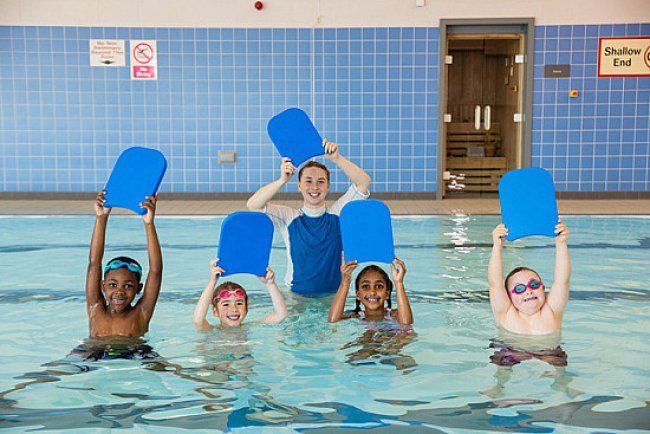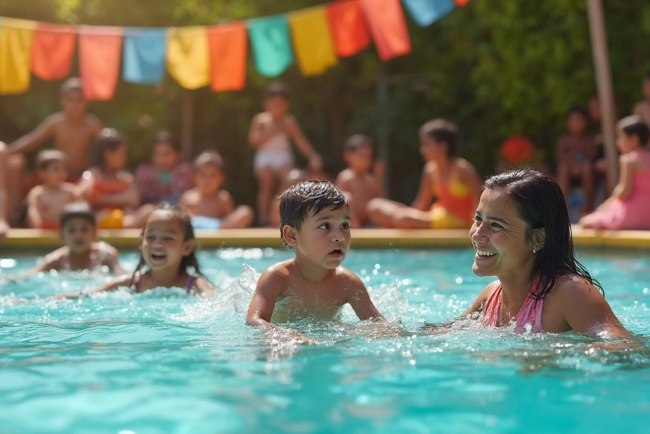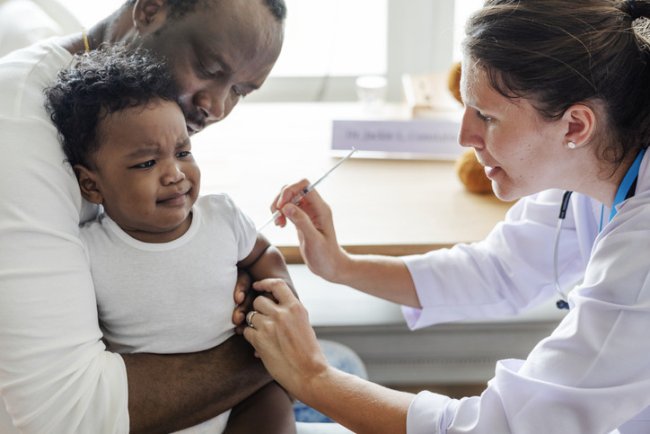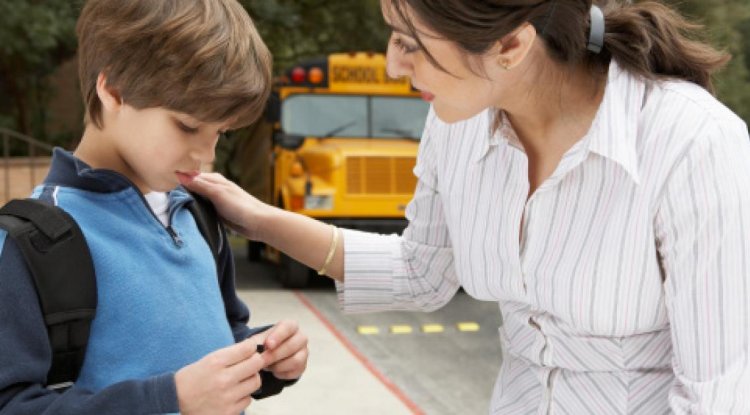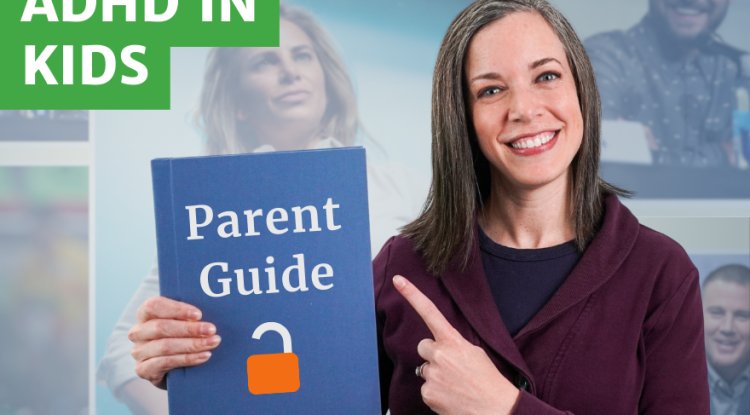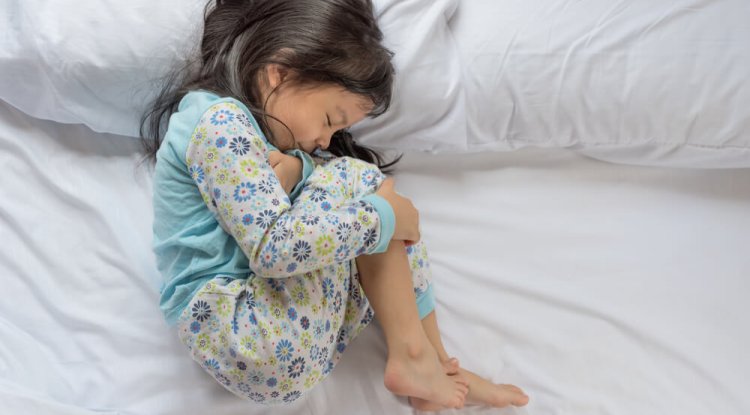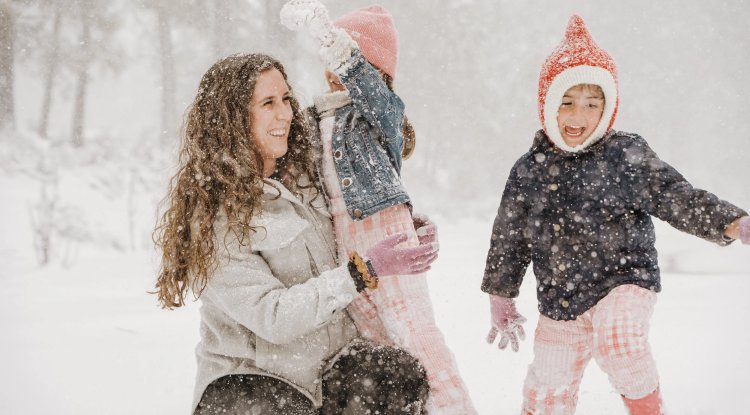Is It Better for Your Children to Go Barefoot?
Recognize that you might give a parent who is a youngster running around without any safety gear the side-eye. What if he, after all, trips on a rock or, worse, a piece of glass?
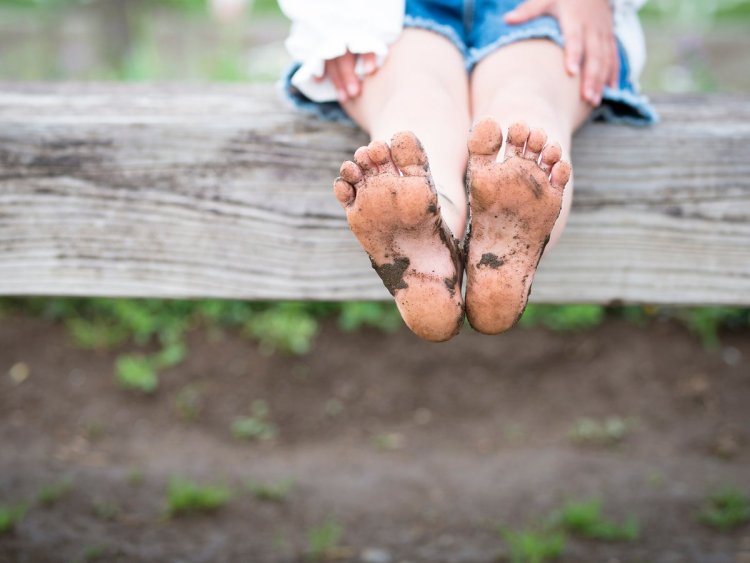
However, examine the possible advantages (or disadvantages) of children being shoeless on a regular basis before you judge that parent too harshly.
The Shoe vs. Barefoot Argument
Whether it is better for children's or adults' feet to be protected by shoes or to be left bare is a topic of much discussion, as one might anticipate.
Vibrams, a minimalist shoe business, gained notoriety a few years ago with their FiveFinger running shoes, which were said to replicate running barefoot and offer numerous health advantages. The shoes may strengthen the muscles in the legs and feet, enhance posture, and expand the range of motion in the lower body, according to the company's marketing materials. However, in 2014, the firm settled a class-action lawsuit brought by a consumer who argued that the shoes didn’t live up to these claims.
When responding to the lawsuit, the American Podiatric Medical Association (APMA) issued a position statement that did not entirely discount the possible advantages of minimalist or barefoot running: "It has been suggested that barefoot running enhances strength and balance while encouraging a more organic running style."
However, the APMA also stated that "risks of barefoot running include a lack of protection, which may lead to injuries such as puncture wounds and increased stress on the lower extremities.”
Pros and Cons for Kids
A 2017 study published in Gait & Posture showed that wearing footwear increased the impact ground reaction forces, which may pose certain injury risks. But barefoot and minimalist running increased tibial internal rotation, which has been associated with specific types of injuries. Taking this into consideration, it’s up to the parent (and, if consulted, the child’s pediatrician) to weigh the risks and benefits to determine if they would like to encourage their children to go shoeless.
Baby’s First Shoes
Despite how irresistible tiny little sneakers might be, there’s no scientific evidence that infants need to wear shoes once they’ve learned how to walk.
Going shoeless may actually have the opposite effect, as it helps a toddler who is only toddling gain strength, balance, and coordination.
The temperature of the ground your child is walking on is the only factor to be taken into account when deciding whether or not to put shoes on them
Something with a thin sole, such socks or booties, will shield their feet from cold surfaces if it is cold. Otherwise, let the new walker explore the texture and sensation of various surfaces, whether it’s grass, tile, sand, or shag carpeting.
(Of course, check sure there are no hazards on the surface, such as rusty metal or broken glass.)
The Later Years
The condition of a person's foot was compared to that of a 2,000-year-old skeleton in 2007 by South African researchers. They came to the conclusion that before humans started wearing shoes on a regular basis, their feet were healthier. According to the primary researcher's public remarks, he thinks there is scientific proof that commercially available footwear is bad for your feet.
Naturally, though, the subjects of these investigations are fully grown up adults. How about kids? Advocates of barefooting typically assert that children's shoes alter the developing foot by making it adhere to the shoe's shape. They contend that feet should instead be free from restrictions so they can grow normally.
The Problems With Shoes
Stiffness is the main problem with children's shoes. A child enjoys doing cartwheels, climbing trees, and running unrestrained. The sole of a child's shoe has very little give or bend.
Lack of direct contact with the surface she is running or climbing on might also cause issues. For instance, the youngster may slide and fall if she is unable to connect with the traction of a tree branch.
Ingrown toenails and structural issues with a child's foot can also result from poorly fitting shoes and inappropriate use. Additionally, an athlete's foot may result from wearing shoes improperly that do not allow for drying.
Evaluate the surroundings
Even the most ardent supporters of barefooting acknowledge that there are some situations in which children should most likely wear shoes. However, it is important to remember that the more barefoot a child goes, the more naturally their feet will be protected against dangers—though probably not by nails or screws.
When deciding whether to allow your child to go barefoot, bear the following points in mind:
Make sure your youngster wears shoes when they are in locker rooms, around pools, or on wet grass. Bacteria, viruses, and fungus can all thrive more readily in warm, humid conditions.
Update your child's tetanus vaccinations. If your youngster steps on anything sharp, they could get tetanus.Make sure your child's feet are protected by sunscreen. Like any other part of the body, feet can get sunburned, thus it is critical to protect them from the sun.
Remember the temperature. Sand or asphalt can inflict severe burns on a warm day. You may wish to urge your youngster to wear shoes if the weather is bright and sunny.
If your child sustains a puncture wound, get them checked out. If your child steps on a sharp object, be sure to call the pediatrician because foot punctures can be quite dangerous.
When in danger, insist on wearing shoes. Avoid letting your youngster go barefoot in potentially hazardous areas, such as close to a campfire. Additionally, exercise common sense when your youngster engages in activities like lawn mowing that could cause foot pain.
Think about the surroundings. If your child's feet may come into contact with insects, parasites, snakes, or other creatures, consider the possibility of complications. When it comes to running around barefoot, there are undoubtedly some places that are safer than others.
However, enforcing a no-shoes-in-the-house regulation could be a smart idea. It is good for your family's health since your kids' feet will get the outdoor time they need to grow up securely and they will bring less dirt inside.
What's Your Reaction?







